Pass Your Microsoft 365 Certified: Modern Desktop Administrator Associate Certification Easy!
100% Real Microsoft 365 Certified: Modern Desktop Administrator Associate Certification Exams Questions & Answers, Accurate & Verified By IT Experts
Instant Download, Free Fast Updates, 99.6% Pass Rate.
Download Free Microsoft 365 Certified: Modern Desktop Administrator Associate Practice Test Questions VCE Files
| Exam | Title | Files |
|---|---|---|
Exam MD-102 |
Title Endpoint Administrator |
Files 1 |
Microsoft 365 Certified: Modern Desktop Administrator Associate Certification Exam Dumps & Practice Test Questions
Prepare with top-notch Microsoft 365 Certified: Modern Desktop Administrator Associate certification practice test questions and answers, vce exam dumps, study guide, video training course from ExamCollection. All Microsoft 365 Certified: Modern Desktop Administrator Associate certification exam dumps & practice test questions and answers are uploaded by users who have passed the exam themselves and formatted them into vce file format.
Manage devices and data
1. Managing Computers Account and joining a computer to a Microsoft Domain
I now want to talk about managing devices with directories and a little bit about the Active Directory side of things. So I'm currently on a domain controller. The domain controller is called NYC. Dash DC one. So this is actually me running Server 2019. And to take a look at Active Directory, I'm just going to click Start and then go to Server Manager, which is sort of the main starting point you have on a Windows server. So here we are in server management. And Server Manager always takes a moment to load. You'll see a little bar moving across the screen before you start trying to use Server Manager. You always want to wait on that to finish. Granted, this course isn't entirely focused on Server, but it does cover Windows 10 in a domain environment. So it's important for me to show you a little bit of this as well. OK, so as you can see, here's Ad DS. That's Active Directory Domain Services. I've talked about that with you previously. You'll also notice that this is my DNS server as well. Okay, I'm going to go up here to the Tools menu, and I'm going to open a tool called Active Directory Users and Computers. This tool has been around for over 20 years now, ever since Windows 2000 came out. One of the main tools that we use to manage our domains—as you can see, my domain is called Examlabpractice.com—and I'm going to expand that. and I've got these different options here. Objects, I should say. I've got these different objects here. Some of these are just called system folders. This guy right here—that's a little different. This is a Ou, an organisational unit. Okay? So inside that organisational unit, I have my computer account called Nycdc One. So each computer that is joined to a domain will have what is called a computer account. Okay? And when a server joins the domain and becomes a domain controller like Nycdc One, of course Nycdc One starts the domain. So of course he's a domain controller. His computer account shows up right here. Okay? Now other computers, when they join the domain, will actually show up in this container right here, all right? By default, as you can see, I have my client—this is a Windows 10 client called NYCL One. And if I wanted to, I could create other OUs. Objects are a little like folders that can contain objects and allow you to manage those objects. So if I right-click that domain, I can actually have it create what is called an organisational unit. Let's say I wanted to create one called New York, all right? Maybe I'm going to base my organisational units on different locations. So maybe I've got New York. And then maybe I've got another Ou called Atlanta, and maybe another Ou that I'm going to create is called Chicago. All right? Just a few cities are here. And then from there if I wanted to,I could have sub OU's underneath that. I might have another Ou underneath that called "Users" and then maybe another Ou called "Computers." All right, this is especially helpful when we start getting into creating group policies because we can actually attach group policies that are going to apply settings and restrictions on people's computers at these Ou levels. So here is Nyccl one. I can just drag and drop him over into the computer's container if I want. And then at that point, he's going to show up over there. And if I wanted to go ahead and precreate another computer, like, let's say I was going to add another computer in New York and that computer was going to be called NYC CL, I could do that simply by right-clicking and clicking "Okay." And now I've got another computer. Now this computer isn't actually set up yet. This one really is. This Nyccl one. Okay, now here's the other question. How do I actually join a computer to a Microsoft domain? And then I'll proceed to System. Once you get into the system, you click Advanced Settings and then go to Computer Name. And then you'll see this right here, To rename this computer, change it to the main or workgroup, then click Change. So I could rename the computer if I wanted it here. But if I wanted to join the domain, I could. As you can see, it's part of the domain already. but normally it would be if you just installed a brand new computer that wasn't part of a domain. It would say "Work Group" here, which is just a group of peer-to-peer-based computers that can't be centrally managed. But then I could switch the domain, put the domain name in there, and click okay. It would ask me if I wanted to join. I'd need auster account credentials in that domain. At that point, it would let me join the domain, and it would ask me to reboot my computer. Okay, so hopefully that gives you a little bit of an understanding of the concept of computer accounts that are managed by the domain. And, of course, how to add a Windows 10 computer to a domain.
2. Creating local and Active Directory (AD) based users
Notice a tool called Local Users and Groups. Keep in mind that you cannot do this with Windows 10 Home. It's got to be on Pro Enterprise or something like ike that. So I'm going to go to local users and groups. I'm going to click Users, and this is where my user accounts currently exist. Notice that the little black arrow that's pointing down in there That is indicating that these accounts are disabled at the moment. So nobody can log on to those accounts at the moment. So if I wanted to create a user account, I can come up here to the action menu, click "New User," and then give the user name. Maybe I want to call this user John Smith, and then the full name is going to be John Smith. Okay. Give it a description. Give it a password if you want. Well, you kind of need to give it a password, usually. And then you could specify if the user has tochange password the next log on if you want. That would make you give the user the password, and they would log on and have to change it. You could say the user can never change the password, or the password never expires. We haven't gotten really into password policies yet, but passwords can expire and then have to be reset after a certain amount of time for security reasons. You could also just disable the account. Maybe this person is not going to start the company yet. You just want to create the account, disable it for now, and then later when they join, you can enable it if you want. So those are your different settings there. And then I could click "create" and "close." And I've now got myself a user account that a person could use to log on. For example, I could sign out of this computer right now, and then I could sign in as that user if I wanted to. Now that I'm logged off, I can actually log on as John Smith simply by going here and clicking Other User. All right, if it was a local user, I can actually do this thing where I put a backslash, and then it's going to let me log onto the local computer as a user. So I'm going to put in John Smith and then the password. And then at that point, it's going to log on as John Smith. And it will take you a minute or so to actually create the user's profile and all that because it's the first time he's ever logged on. And then at that point, he'll get to his desktop. So as you can see, it's going to take several minutes for that to finish, and then eventually it will see the desktop. So while we wait on that, we're going to jump over and take a look at creating a user on Active Directory. So jumping over here to my domain controller, I'm going to click Start, and I'm going to open Server Manager just like before. Server Manager is sort of the starting point when working with ActiveDirectory and creating accounts through that. So I'm just waiting for this little barto stop to signal that it's ready. So then we're going to click Tools and go to Active Directory, users, and computers again. And suppose I wanted to create a user in the domain that is located in New York City. So I'm going to go to Users, go to the action menu, and select New and User. By the way, the action menu is the same thing as right-click, alright? It's a little bit more touchscreen-friendly if you're using that. But I'm going to click User and then put the user's name in. So I was going to create a username, Jane Doe, first name Jane, last name Doe. Jane Doe. And at that point, click Next. Give Jane Doe a password. All right? And then you've seen these before. The same thing is true with the local user account. Okay? So I'll click Next, Finish, and I'll have officially created a user account in the domain. So if the client computer was authenticating to a Microsoft domain, this person could use this account to get logged on. Keep in mind, this is just a regular user at the moment. This user can't log onto a server, butit could log onto a Windows Ten computer. Okay, so back here on NICCL One, this is the Windows 10 client. I've logged on as John Smith, and as you can see, it is allowing John Smith to choose some of his privacy settings. He can disable online speech recognition if he wants to turn that on or off, as well as inking and typing if he wants to turn those on. This is for trying to improve things like language recognition and all that, as well as the way he types advertising ideas. This is going to try to provide personalised advertisements. Keep in mind that while you're working in the Microsoft Store and all, it will still advertise to you. This is going to try to personalise it. You got location. If you wanted to turn that off, you could. This would support things like your GPS, location-based systems, and then tailored experiences. So the goal here is to try to provide you with some information. It records diagnostic information and tries to provide things like personalised tips and other little recommendations. These little pop-up balloons will show up in the lower right-hand corner of your Windows 10 environment. I'm going to accept this agreement, at which point it will log me in and my desktop will be available. So as you can see, John Smith is now logged on and is officially a user in this Windows Ten environment.
3. Creating groups in Windows 10
I now want to talk about the concept of groups and group base management. So the first thing I want to show you here is that we have a couple of file servers, file server one and file server two. And we have a user account that's been replicated across the domain that I showed you earlier, this little smiley-face guy. So let's say this little smiley guy needs to access these folders here. Maybe this person's a salesperson or something like that. And they need to access these folders. Maybe they're sales related.So we want this user to be able to access these folders. But what if there weren't just one user there? What if there were 100 users there and they all needed access to those folders? So they first need to get access to the file server's One Folder. Then they need to get access to file server two. So the issue you run into there is one I'm going to show you later with permissions. You're going to go to what is called an access control list on these folders, and you're going to try to assign permissions to it. But if you have 100 users, you have to attach 100 users to this folder and give them permissions, and then attach 100 users to that folder and give them permissions, and it becomes repetitive, takes longer, and so on. So the idea here is I can create this thing called a "group," okay? We'll create a little object, and we're going to put G in it for group. You'll also learn that there are different types of groups. But then we take these 50, these hundred, let's say 100, users and place them in the group. We then assign the group to the folder's permissions, and we can do that again and again and again. We can reuse that group as many times as we want. So this is going to give us a lot better performance, and it's going to give us a lot better management over groups. So this is the basic concept of groups. Now you can also do what's called "nesting of groups," where you put groups inside of other groups and have a hierarchical system. We're not really going to get into that right now. I just wanted to throw out that you could. So now what I want to do is look at a domain controller and how we would create a group in Active Directory and how we would add a user to a group. So I'm on my domain controller here to do that. This is Nycdc One. I'm going to go to the tools. Active Directory users and computers. Okay? Now that Active Directory User Computers is open, if I wanted to create a group, I could right-click or click on the action menu on aOU, click New, click Group, and then I could name the group whatever I wanted. If I wanted to call it sales, I could call it sales. I'm not going to get into different group scopes and group types just yet. There are different reasons why we have these two things. But for security purposes, if I was going to give permission to a group, I would be making a security group. So I would do that, and there's a group called Sales. I wanted to add Jane Doe to that. I would just double-click on it and then go to the members, click Add, and then I could add Jane here. As you can see, Jane Doe is now a member. Now I could also double-click on Jane Doe and then go to the members of tab, and I could add Jane Doe that way or add Jane Doe to the group that way as well. But as you can see, Jane DOE's already been added. Okay, now if I want to do this on Windows 10, I want to do a local group. I've just got to go over to Windows 10 and log on. I logged on to John Smith's site earlier. So I'm just going to go back to that computer management tool that we saw earlier. So I'll just search for Computer Management here, and then go to Computer Management. So here it is. local users and groups. There's a group folder. If I wanted to create a group there, I would just click right-click and click New Group. Or I could go to the Action menu and click "New Group" and then just give the group a name. Maybe I want to call this—let's call it local guest users. All right, I could click Add, and then I could add a user that will add, like John Smith. For example, if I'm actually searching locally, you actually have to choose locations and then choose a local user account that you want to add on the local machine. So I was tied to the domain. If I want to choose a local user, I can, and so then we put in the name John Smith, like so. And there you go. You can also, when you're doing that, click "Check names" to verify the account exists. But if you type it correctly the first time, which I didn't, it will let you add that account. So as you can see, that John Smith account is now being added, and I'm creating the group. If I wanted to add other groups to that or other users to that, I could go into it and click Add right here. All right, so now you'll notice that John Smith has officially been added to that group. I can also do the same thing as I did in the domain controller. I could open up the user, go to memberof, and I could add groups this way. You already noticed that John Smith is automatically a user as well. So that's how you can add groups both in Active Directory as well as on a local Windows 10 machine.
4. Understanding User Profiles
Drive. You're going to notice that I have a user folder right here. Okay. I go into that user's folder. You can see that there are different users who have logged on to this machine before. OK? Instructor, administrator, admin I've got a user named John Smith who's logged on. OK? When I look at John Smith, this user, it prompts me to request permission. So I just hit "continue" to do that. This is their profile. These are their settings. Okay? or his settings in this case. If I were to go to this desktop folder and put something on his desktop, it would show up just like right now if I go over to this instructor account, which is the one I'm logged on to, and I create a text document that says, "Hey, as you can see, that shows up on my desktop." So I'm interacting directly with my profile through that. And if I wanted to put something on auser's desktop, that's one way I could do it. Now I did want to point out if I had a new user who logged on to this machine, like, let's say, Jane Doe, who is a user I created in the domain earlier. If Jane Doe was to log onto this machine right now, she would not have a profile. So the question is, where doesJane DOE's profile come from? Okay, so to show you that, I'm going to go to this view menu here and I'm going to click the hidden items checkbox. And I want you to notice that when I do that, something shows up on my screen. Okay, let me zoom in on that for you. I get a feature here. Basically a folder here called Default. You see that default folder? All right. So the default folder shows up, and from there I have the ability to go in there. And anything I do to this default folder—anything I do to the default folder—is going to affect new users when they log on. OK? So if Jane Doe logs on for the first time, she is going to get this stuff here. This is going to be the default profile info for Jane Doe. If I were to go into this desktop folder here and create a folder called "Welcome Kit" for new employees and let's say there were some documents in there for them to read, all my new users who have not logged onto this computer before would get this folder on their desktop on this computer. Okay? So Jane Doe or anyone else who logged on would get this folder. Okay? So that's how this default works. Anything you do here is going to affect new users. Now what if I wanted to do something that affected all users who use this machine? I have a folder here called Public. I'm going to go into that folder, and anything I do there for the public is going to affect all users. For example, if I go on a public desktop right now and I create a folder called "Company Handbook," maybe it's got the Company Handbook in it. Notice that a folder shows up on my desktop, okay? So everybody is going to be affected by that. Okay? Now, you remember in an earlier lecture we talked about the registry. So there is an area of the registry that involves the current user. Each user who logs on has a special area of the registry. John Smith, for example, put this file right here into User Data. Every user has a file called User Data. That's the registry. That's the current user registry area. When a user logs on, that gets loaded up in memory. OK, oddly enough, I can make this profile mandatory by renaming this file to "Ntuser Man." Kind of weird. You think it would be a checkbox, but it's just a rename. You renamed the file to user, right? Man, if I were to do that, then John Smith could not change his profile at that point. He can't delete things off his desktop, change his wallpaper, or do any of that. There's two ways actually to make somethingmandatory where somebody can't change anything. You can change this file to "Interview Man" or you can make this user what is called a "guest." If the user is a member of a group called the guest group, then they cannot change their profile at that point. So that's what renaming it to Intu would do for you. What if I wanted my user to be able to jump around different machines and their documents and stuff, their desktop screensaver, wallpaper, and all that, and have it follow them wherever they go? Now that's called a roaming profile, okay? There's another way to do it, known User Experience" or "virtualization," as well. So, if I wanted to create a roaming profile, I'd have to go to my domain controller. I'm going to pop over to that. Here's my domain controller, the NYCDC one. I'm going to go to Tools and I'm going to go to Active Directory, users, and computers. And then I would do this for whichever user I wanted to do it for—I'm going to pick that particular user. So if I wanted to do this for Jane Doe, I would need to go to Jane Doe and configure her user account. All right, so I'm just waiting for Active Directory to show up. Here we are in the active directory. So if I go here, we've got Jane Doe over here. This is the New York ou. Remember? And O is an organisational unit, which is essentially a container that can contain different objects. You can add user accounts and computers to it, and you can assign group policies to it, as we saw. So looking over here at this users container, all right, you're going to see once it populates that we have some users that we've created. All right. So here we are looking at Jane Doe here. I'm going to double click on Jane Doe. If I wanted Jane Doe to have a roaming profile, what I'm going to do is go here to Jane Doe, and I'm going to click on Jane Doe. I just double-clicked Jane Doe. I'm going to click the profile tab. If this profile path is empty, then that means that she's just going to have a local profile. But if I want her to have a roaming profile, I can create a shared folder on a server. Okay, we know how to build shared folders. We've done that before. And then I could put a UNC path here, a universal naming convention path, which is the name of the server where the share is. Let's pretend we had a share on NYC server one, and the path is the profiles path. And then you could just put Jane Doe or whatever. But most people will put this variable in the "percent username" variable. Let me zoom in on that so you can see that a little better. All right. So, 10 percent is your username percent.You can see that there percent username percent. What does "percent username" really mean? It simply means that it's just going to populate that area with the person's username. Whatever the person's username is, it's going to populate it with that. This is great if you're copying accounts, because when you copy an account, you name the account. It will just populate this area with that person's name. So each person gets a unique area. So this is how you make it a roaming profile. That means that if I did that with Jane Doe and she was switching between computers and all that, Jane Doe would be able to essentially have her profile follow her wherever she goes at that point. Okay. Some of the other things I could do here under Jane Doe's properties if I wanted to are: I could control the time of day that Jane Doe can log on to.I can control the computers she can log on to. If I click on this account tab, I can do that right here. Log on for hours. If it's blue, she's allowed to log in. If it's white, she's not. If I blocked out Sunday, for example, she couldn't log in on Sunday. If I block out Saturday, she can't log in. I'll log in on Saturday. I could set the hours before she can log in and the hours after she can log in. So I can control all that with this. I can also control what computer she can log on to here if I want. So those are some neat little settings that pair very well. if you're working with profiles. I can also set her account to expire. If I wanted to, maybe she was a temp employee or something if I wanted to.So those are some of the other things you can do there. All right? But hopefully that gives you a good understanding of the concept of profiles. What is a mandatory profile? A local profile as well as a roaming profile
ExamCollection provides the complete prep materials in vce files format which include Microsoft 365 Certified: Modern Desktop Administrator Associate certification exam dumps, practice test questions and answers, video training course and study guide which help the exam candidates to pass the exams quickly. Fast updates to Microsoft 365 Certified: Modern Desktop Administrator Associate certification exam dumps, practice test questions and accurate answers vce verified by industry experts are taken from the latest pool of questions.
Microsoft Microsoft 365 Certified: Modern Desktop Administrator Associate Video Courses






Top Microsoft Certification Exams
- AZ-104
- AZ-900
- PL-300
- AZ-305
- AI-900
- MD-102
- DP-600
- AZ-204
- AZ-500
- AI-102
- MS-102
- SC-200
- DP-203
- SC-100
- AZ-700
- MS-900
- SC-300
- AZ-400
- PL-200
- SC-900
- DP-900
- AZ-140
- PL-400
- AZ-800
- PL-600
- PL-900
- MS-700
- SC-400
- DP-300
- AZ-801
- DP-100
- MB-310
- MB-800
- MB-330
- PL-100
- MS-721
- MB-910
- MB-920
- DP-500
- MB-210
- PL-500
- MB-700
- MB-220
- MB-500
- DP-420
- MB-240
- MB-820
- MB-335
- MB-230
- MB-260
- AZ-120
- MB-900
- MS-203
- MO-201
- 98-383
- 98-382
- 98-361
- 62-193
- MO-100
- 98-388
- AZ-303
- 98-368
- 77-725
- MO-200
- MO-300
- 98-367
- MO-400
Site Search:




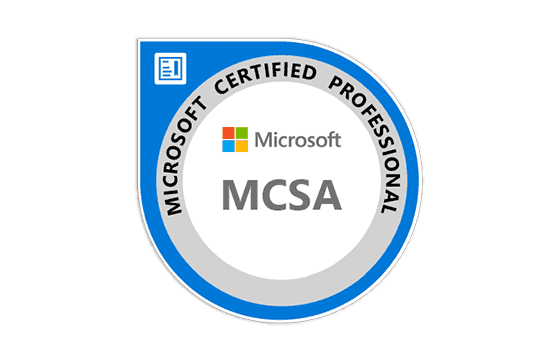
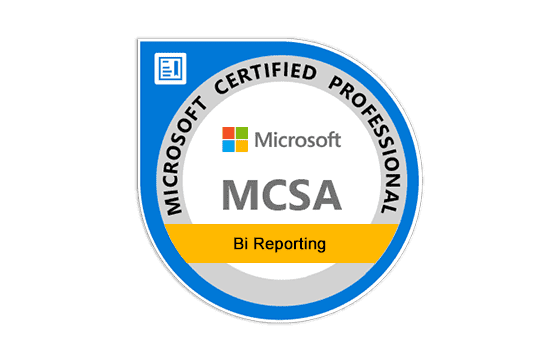
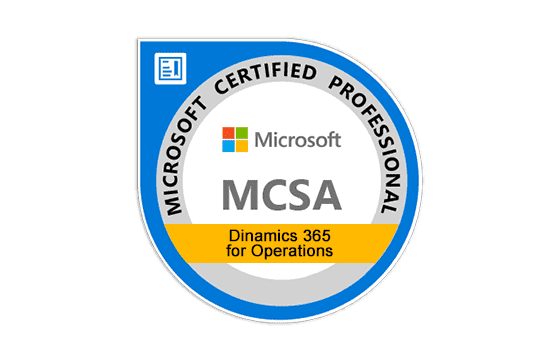
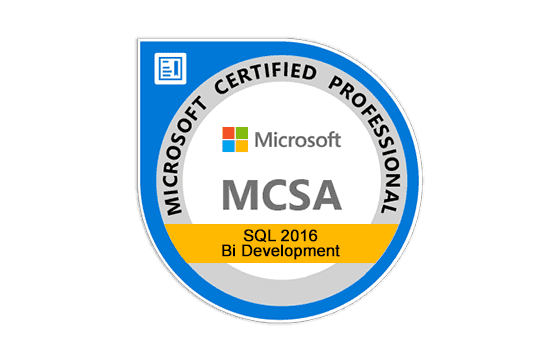
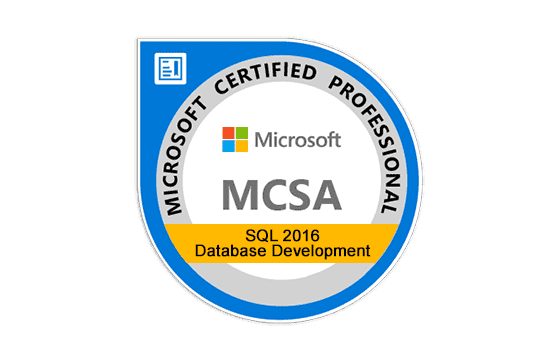
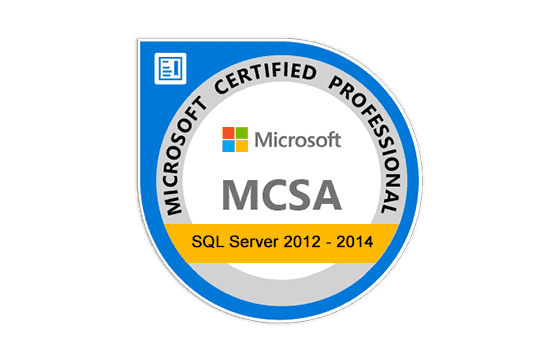
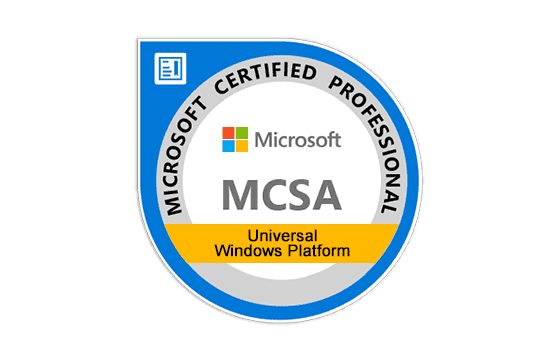
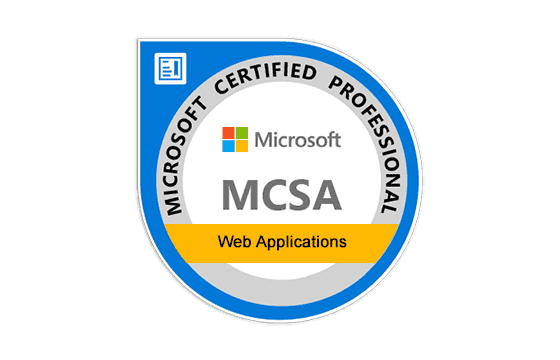
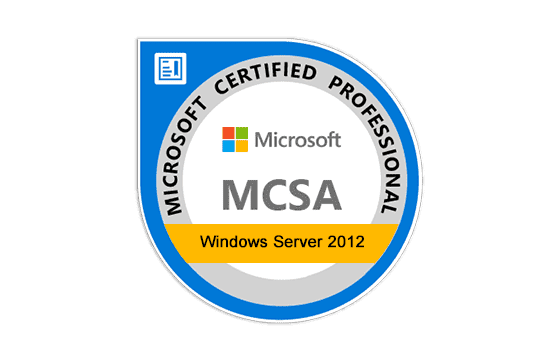
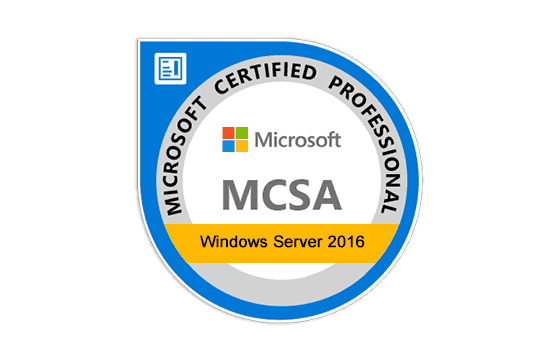
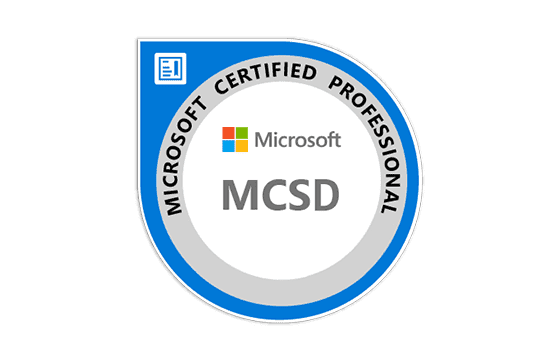
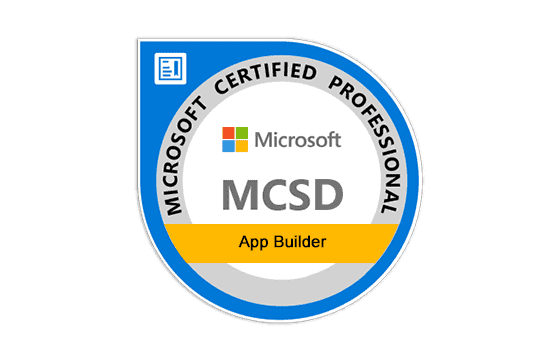
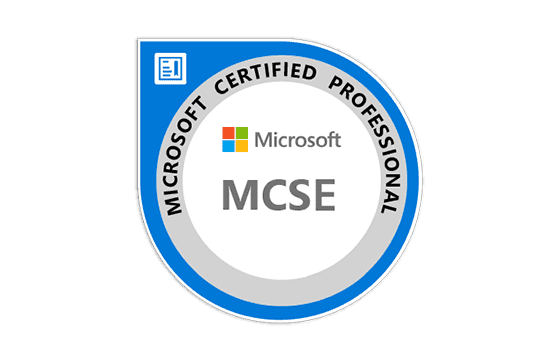
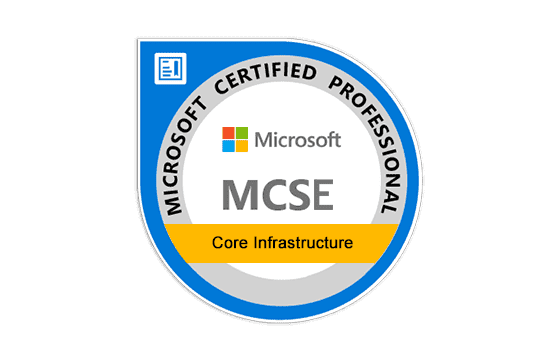
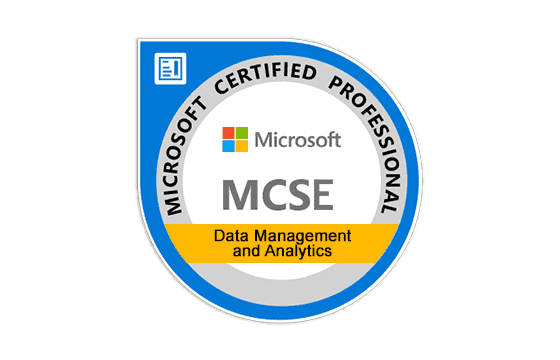
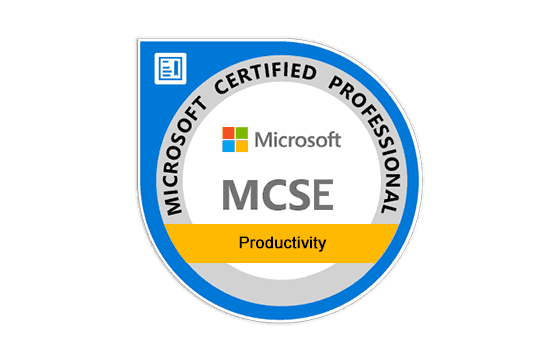
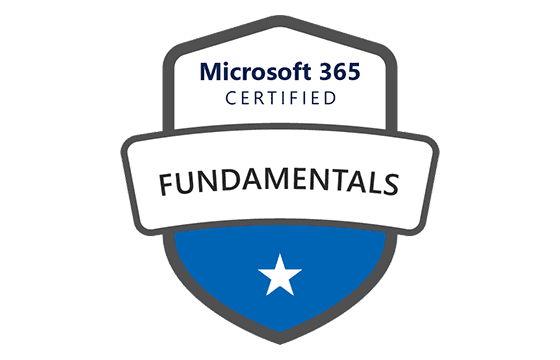
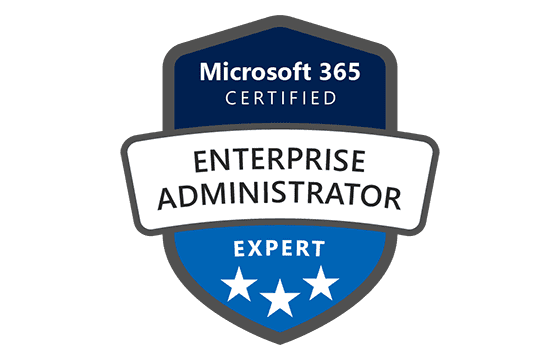

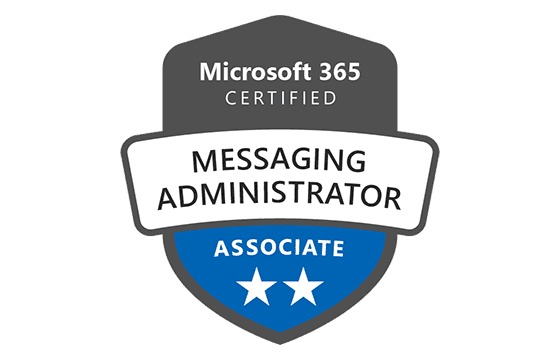
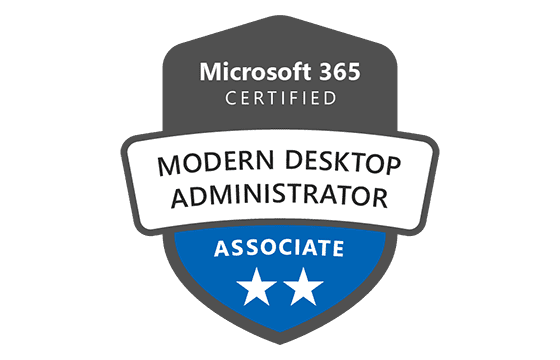
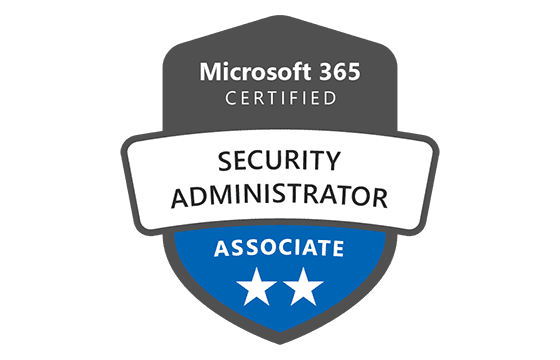
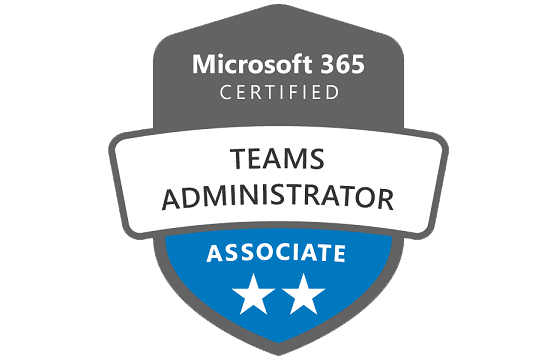
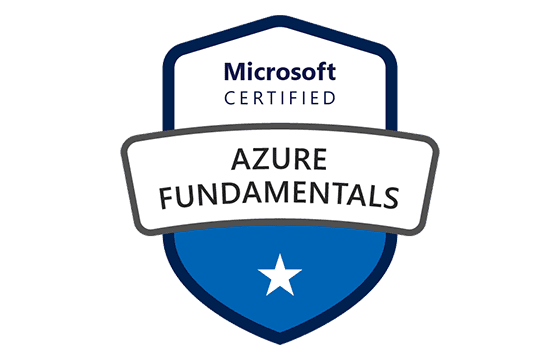
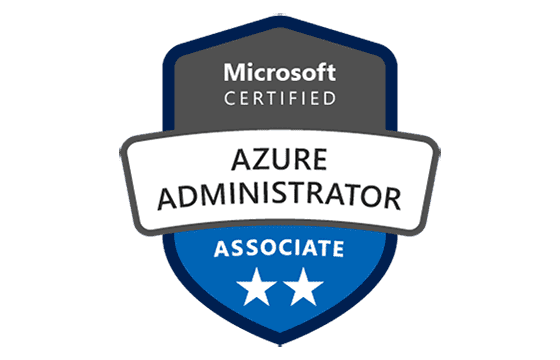
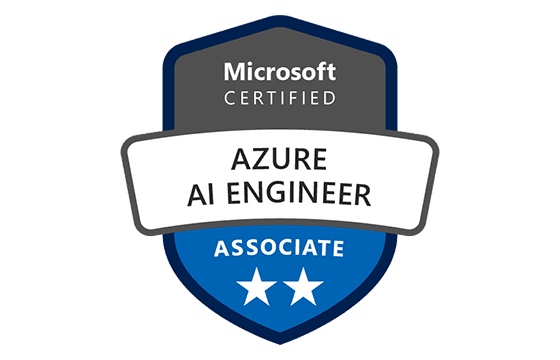
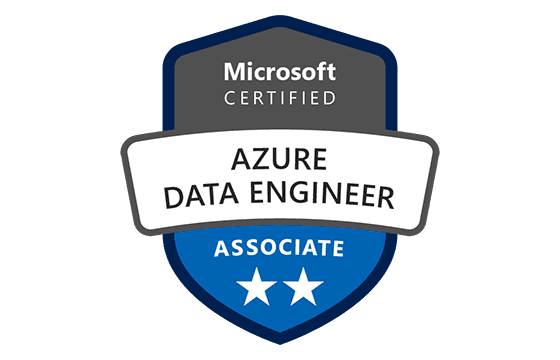
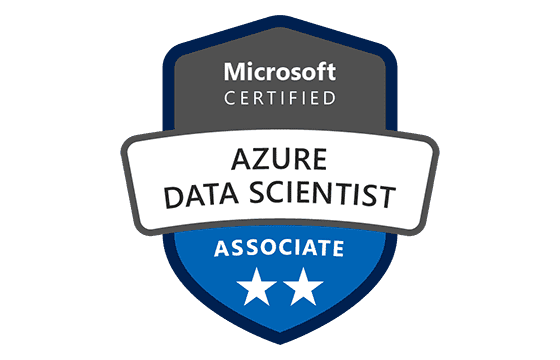
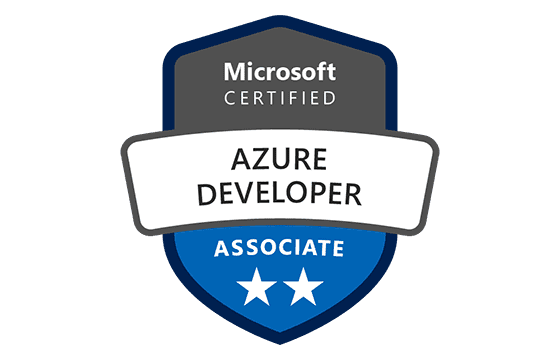

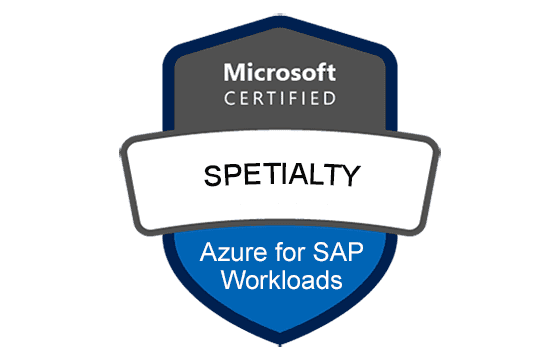
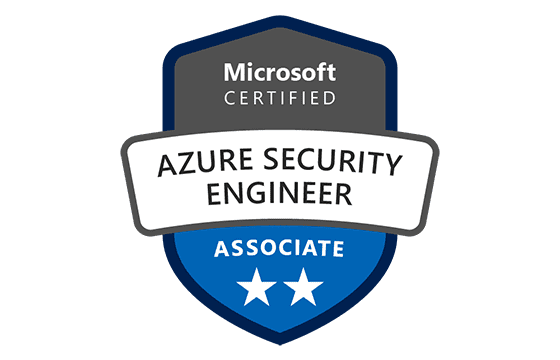
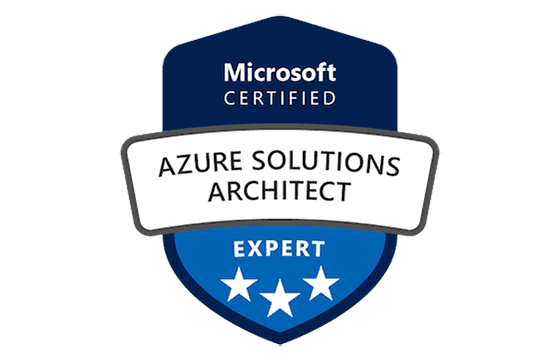




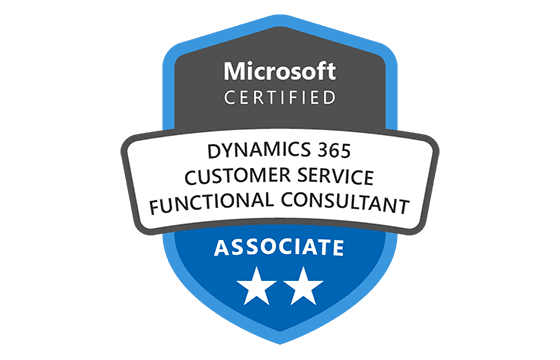
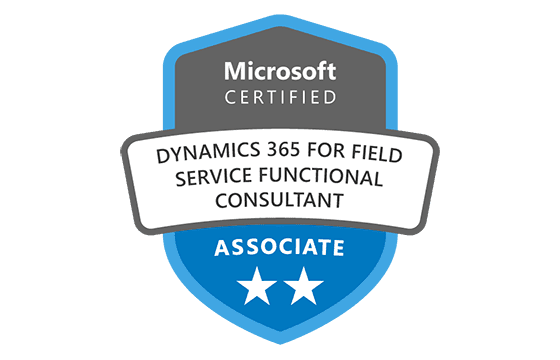
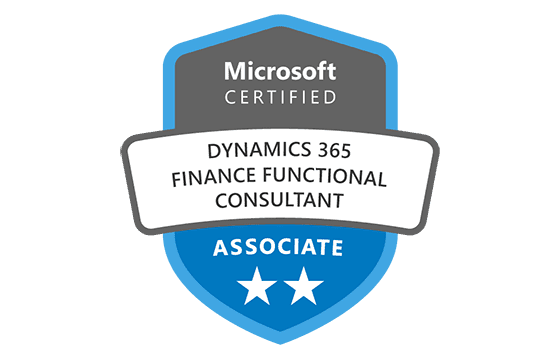
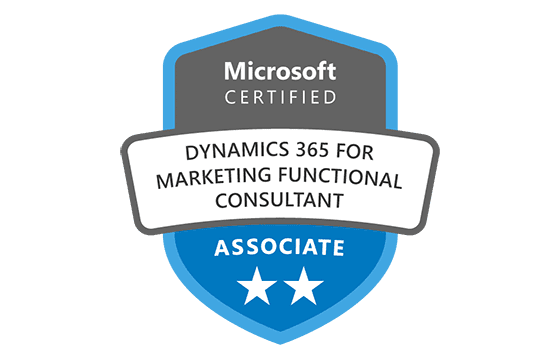
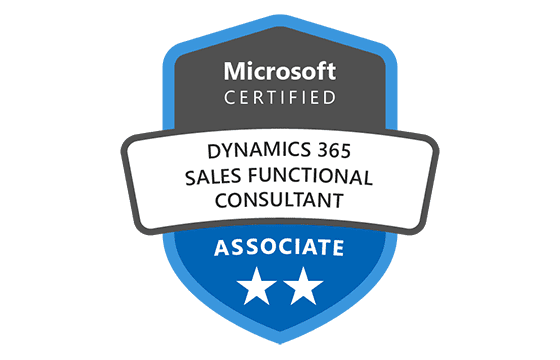
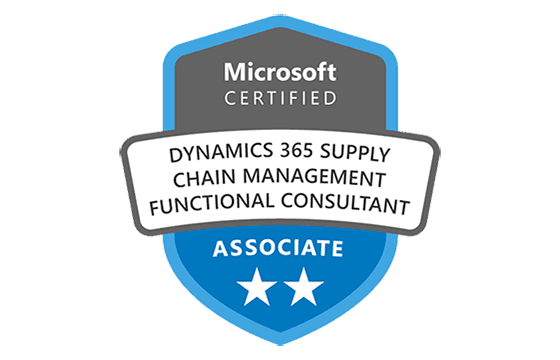
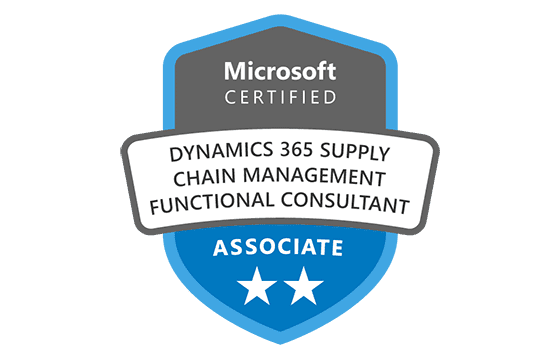
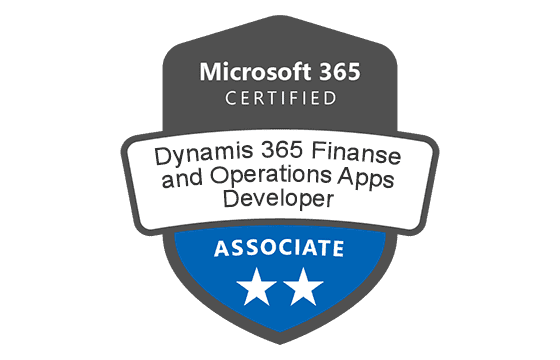
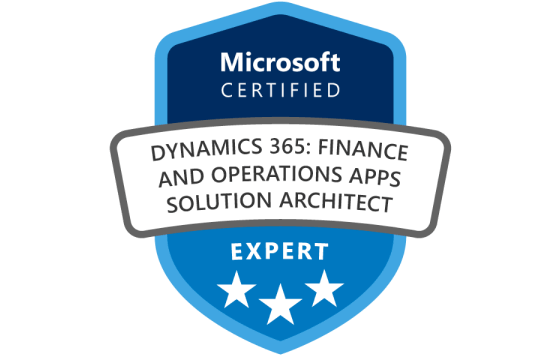
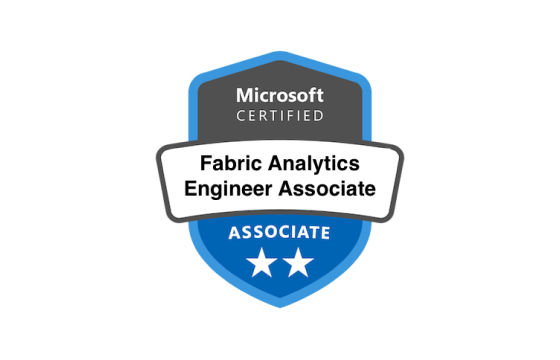


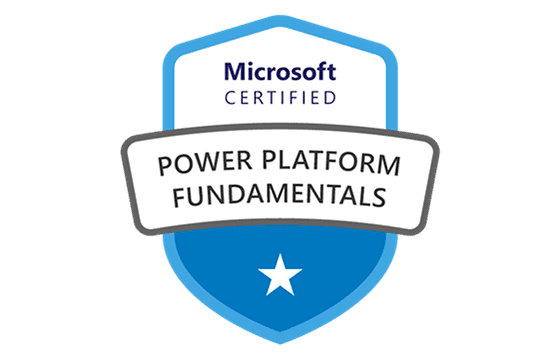
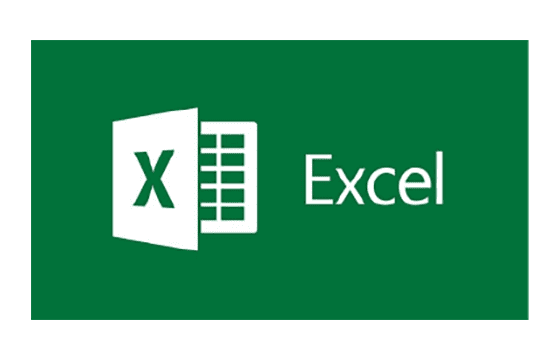
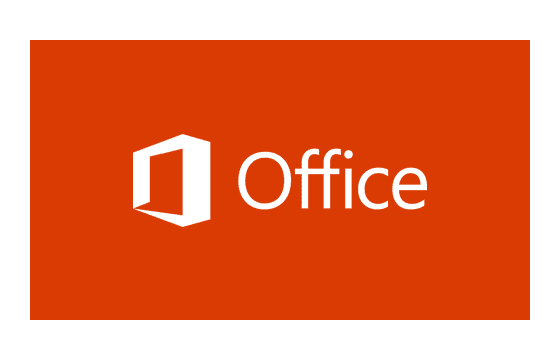
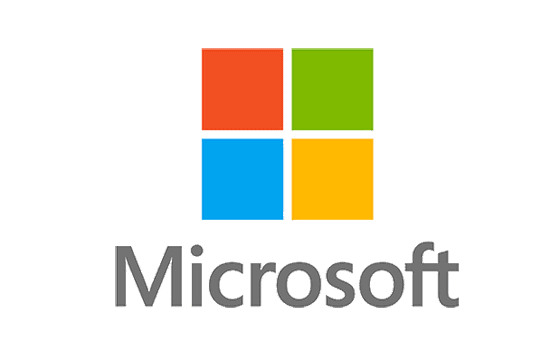
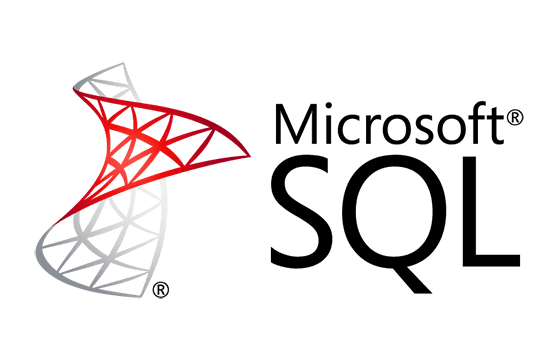
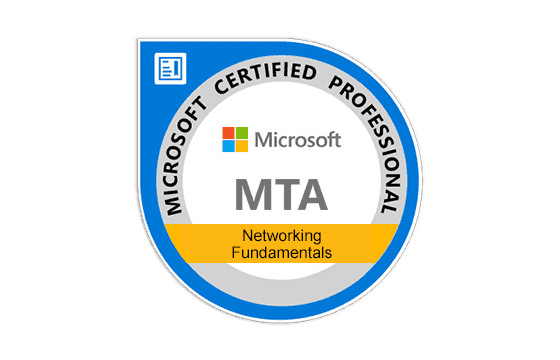
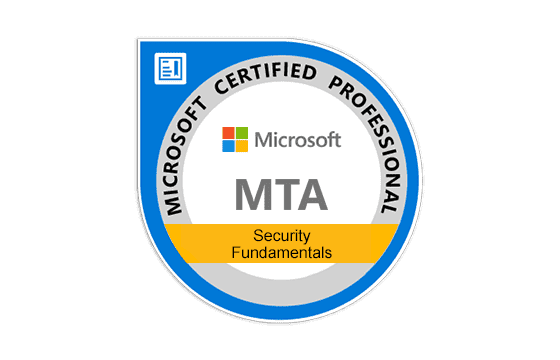
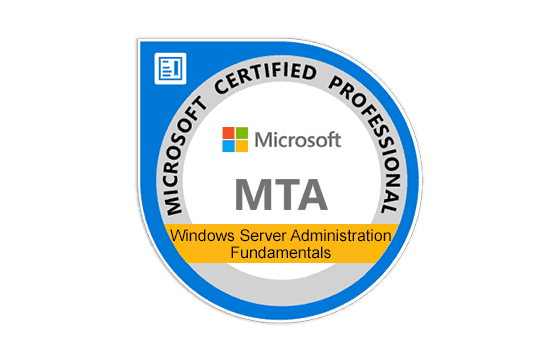




Add Comment
Feel Free to Post Your Comments About EamCollection VCE Files which Include Microsoft 365 Certified: Modern Desktop Administrator Associate Certification Exam Dumps, Practice Test Questions & Answers.